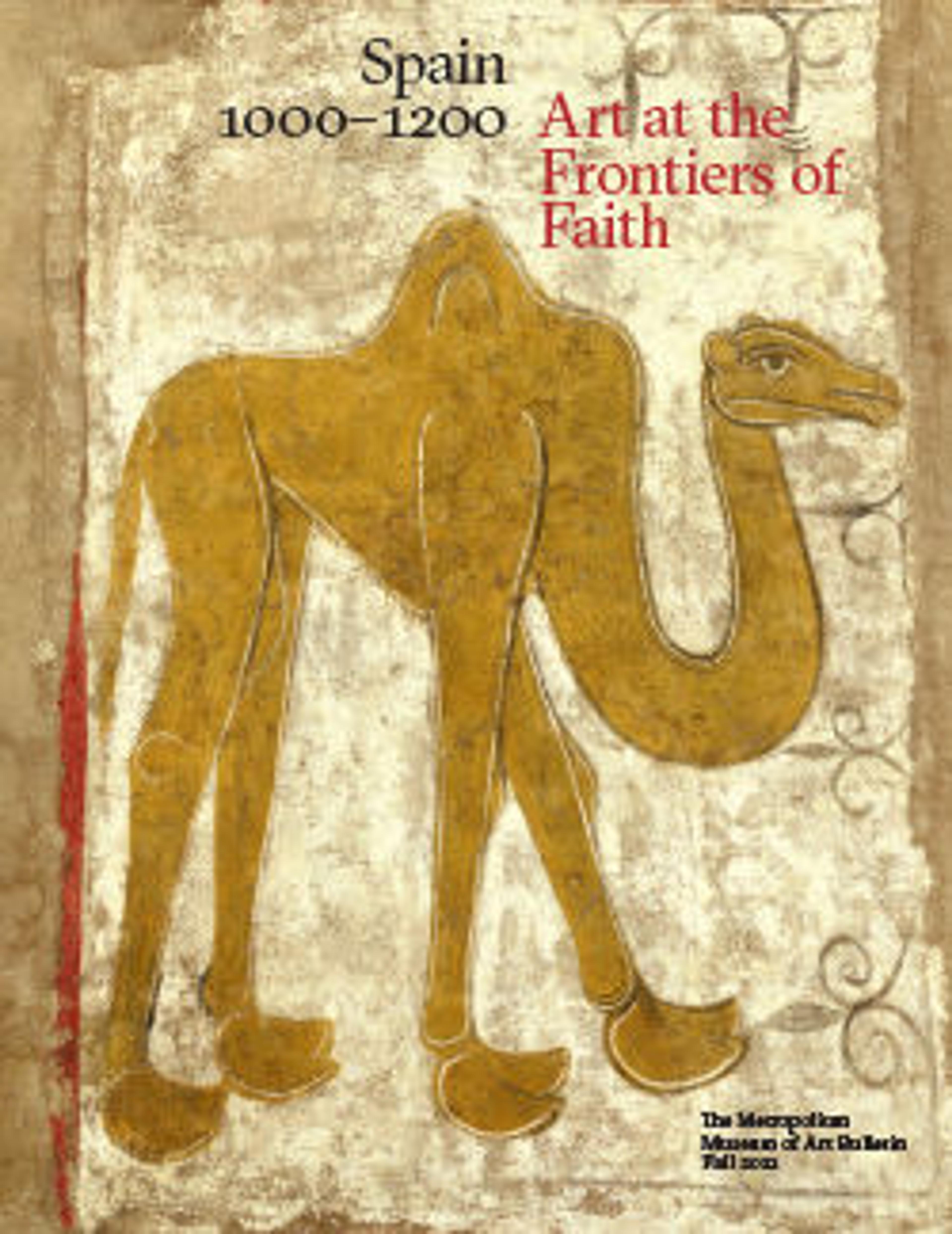Pyxis
This exquisitely carved cylindrical box is believed to be one of the most accomplished works of a master from the palace of the Umayyad caliph ‘Abd al-Rahman III (r. 912–61), who ruled most of the Iberian peninsula. To judge from other examples, the missing domed lid of this box likely had an inscription giving the owner’s name and the date. Islamic pyxides, known as ushnan in Arabic, were exclusively secular and were used to store jewelry and cosmetics. The incorporation of birds, lions, and gazelles amid richly carved vine scrolls is typical of dense symmetrical Islamic design, which, in turn, influenced the decoration of European Romanesque ivories and manuscripts.
Artwork Details
- Title: Pyxis
- Date: ca. 950–75
- Geography: Made in Cordoba, Andalusia, Spain
- Culture: Spanish
- Medium: Elephant ivory
- Dimensions: Overall: 4 5/8 x 4 1/8 in. (11.7 x 10.5 cm)
- Classification: Ivories-Elephant
- Credit Line: The Cloisters Collection, 1970
- Object Number: 1970.324.5
- Curatorial Department: Medieval Art and The Cloisters
More Artwork
Research Resources
The Met provides unparalleled resources for research and welcomes an international community of students and scholars. The Met's Open Access API is where creators and researchers can connect to the The Met collection. Open Access data and public domain images are available for unrestricted commercial and noncommercial use without permission or fee.
To request images under copyright and other restrictions, please use this Image Request form.
Feedback
We continue to research and examine historical and cultural context for objects in The Met collection. If you have comments or questions about this object record, please contact us using the form below. The Museum looks forward to receiving your comments.
